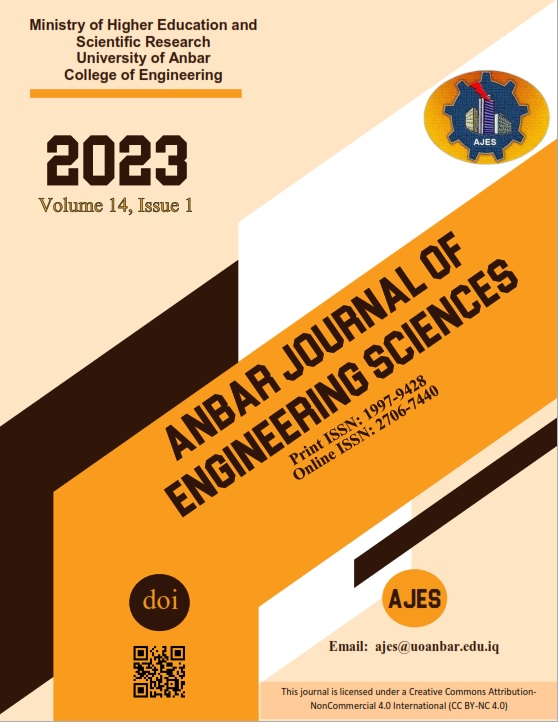Abstract
In order to increase output power and thermal efficiency, the temperature going into a gas turbine is much higher than the point at which the material would melt. In order to protect the airfoil of a gas turbine from hot gas and, as a result, extend the blade's life, new internal and film cooling arrangements must be developed immediately. When the incoming air is heated, the gas turbine's output rises proportionately as well. The power output of a gas turbine is determined by the amount of mass flowing through it. Because of this, electricity generation decreases on warm days due to a decrease in air density. It takes a 1% rise in air temperature to reduce power production by 1%. The purpose of this research is to discuss current strategies for cooling incoming air to gas turbines. Mechanical chillers, evaporative coolers, and fogging methods have all been examined. This study focuses primarily on the fogging inlet air cooling system. There are many ways to cool the air going into the engine, but the high-pressure intake fogging method has become more popular over the past ten years because it costs less and makes a big difference in power.
